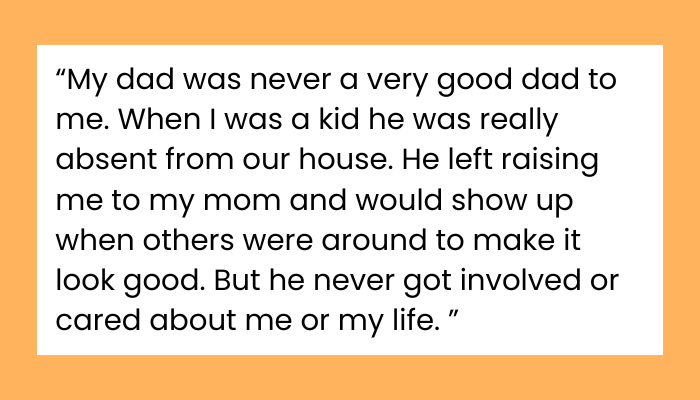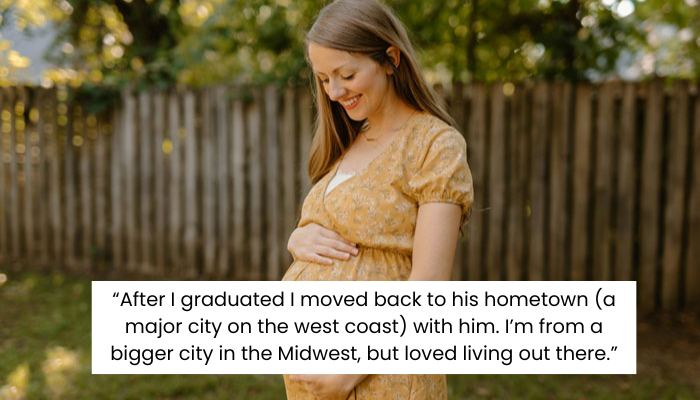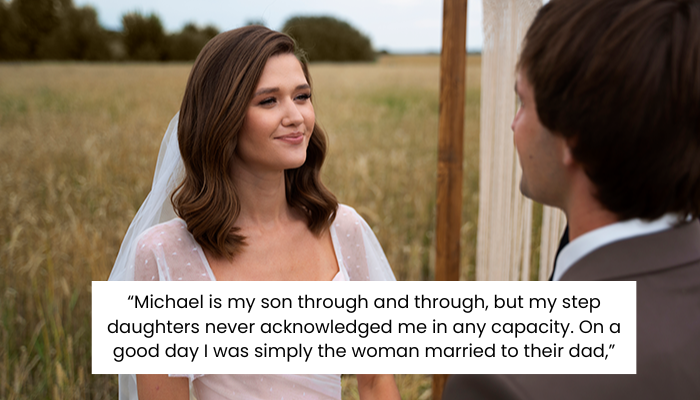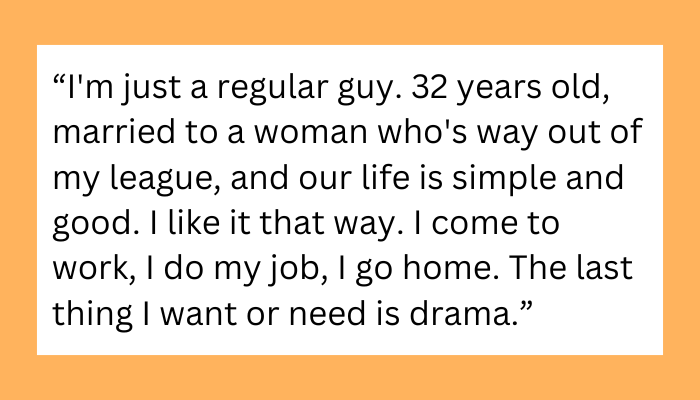AITA for refusing to attend my sister’s wedding after what she did?
In familial relationships, weddings often serve as pivotal events that can either strengthen bonds or expose underlying tensions. A 28-year-old man, who has always shared a close relationship with his 30-year-old sister, finds himself grappling with unexpected exclusion from her upcoming nuptials. Despite anticipating a role in the wedding party, he discovers that he has been omitted due to his sister’s desire for an “aesthetic” cohesion, citing his facial birthmark as a concern for photographic appearances. This revelation leads to profound feelings of hurt and questions about familial loyalty, societal beauty standards, and the psychological impact of exclusion based on physical appearance.
This young man wanted to be there for his sister on her wedding day, but she tried to make him as invisible as possible

So he refused to go altogether

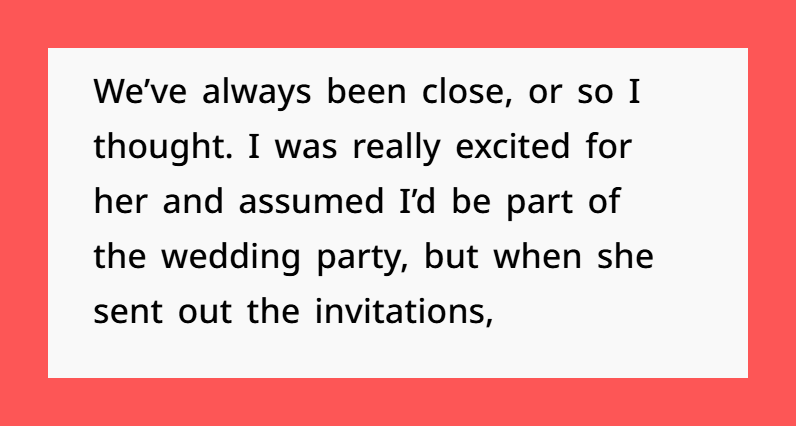







The Psychological and Social Implications of Appearance-Based Exclusion
The decision to exclude a family member from a significant life event based on physical appearance raises critical questions about societal values, personal relationships, and psychological well-being. In this context, the brother’s omission from the wedding party due to his facial birthmark not only underscores personal familial dynamics but also reflects broader societal attitudes toward physical differences.

Societal Emphasis on Aesthetics in Weddings
Weddings are often perceived as meticulously curated events where visual harmony is highly prized. This emphasis can lead to heightened stress for both the couple and their families, as they strive to meet societal expectations of a “perfect” ceremony. The pressure to conform to these aesthetic ideals can inadvertently marginalize individuals who do not fit conventional beauty standards, leading to exclusionary practices that prioritize appearance over personal relationships.Brides
Psychological Impact of Social Exclusion
Social exclusion, particularly from significant events like family weddings, can have profound psychological effects. Research indicates that such exclusion can lead to increased feelings of sadness, anger, lowered self-esteem, and a diminished sense of belonging. These emotional responses are not only immediate but can also have long-term implications for mental health, potentially contributing to anxiety and depression.
The Role of Physical Appearance in Social Dynamics
Physical appearance plays a significant role in social interactions and can influence how individuals are perceived and treated within their social circles. Studies have shown that individuals with visible differences, such as birthmarks or scars, may experience social stigmatization, leading to feelings of isolation and decreased self-worth. This societal bias towards conventional beauty standards can perpetuate discrimination and exclusion, affecting individuals’ social experiences and psychological well-being.
Family Dynamics and the Impact of Exclusion
Family relationships are foundational to an individual’s social support system. Exclusion from family events, especially for reasons related to physical appearance, can strain these relationships and erode trust. In the context of the brother’s exclusion from his sister’s wedding party, the emphasis on aesthetic considerations over familial bonds can lead to feelings of betrayal and question the unconditional nature of family support.

Coping Strategies and Moving Forward
Navigating the emotional aftermath of such exclusion requires deliberate coping strategies:
- Open Communication: Engaging in honest and empathetic dialogue with family members can help address misunderstandings and express feelings constructively.
- Seeking Support: Connecting with friends, support groups, or mental health professionals can provide validation and coping mechanisms to deal with feelings of rejection.
- Reframing Self-Perception: Focusing on personal strengths and qualities beyond physical appearance can reinforce self-esteem and counteract negative societal messages.
- Setting Boundaries: Establishing clear boundaries regarding acceptable treatment can empower individuals to advocate for themselves in familial and social contexts.
People who read the man’s story pretty much unanimously said that his decision not to attend is completely justifiable







The intersection of familial expectations, societal beauty standards, and individual self-worth is complex and often fraught with emotional challenges. The brother’s experience of exclusion from his sister’s wedding party due to his facial birthmark highlights the pervasive impact of appearance-based judgments. Addressing these issues requires a collective shift towards valuing individuals for their intrinsic qualities rather than external appearances, fostering inclusivity, and nurturing unconditional support within families and communities.



